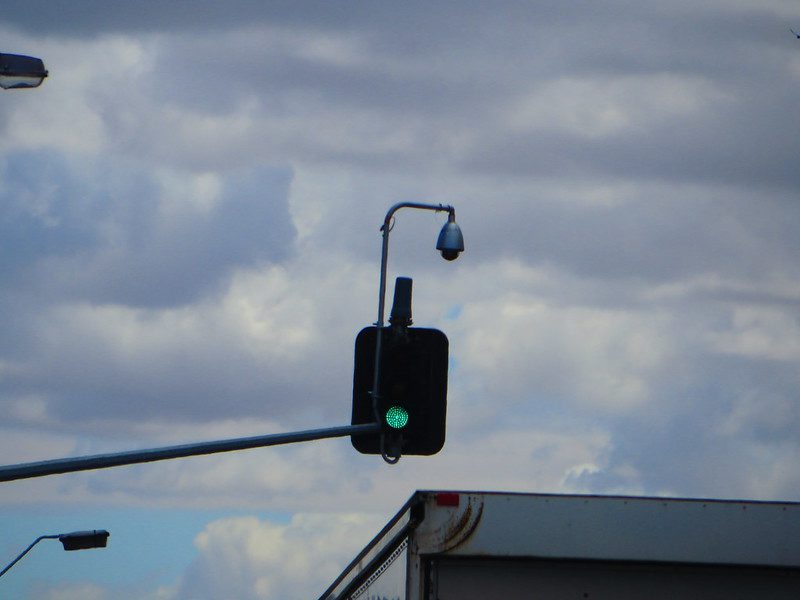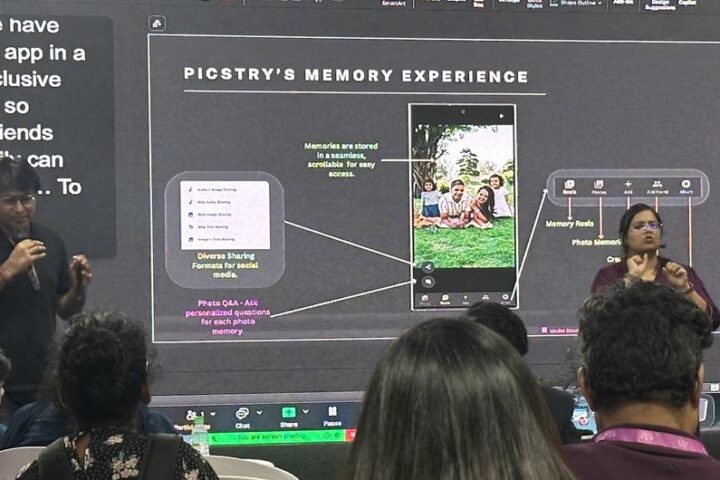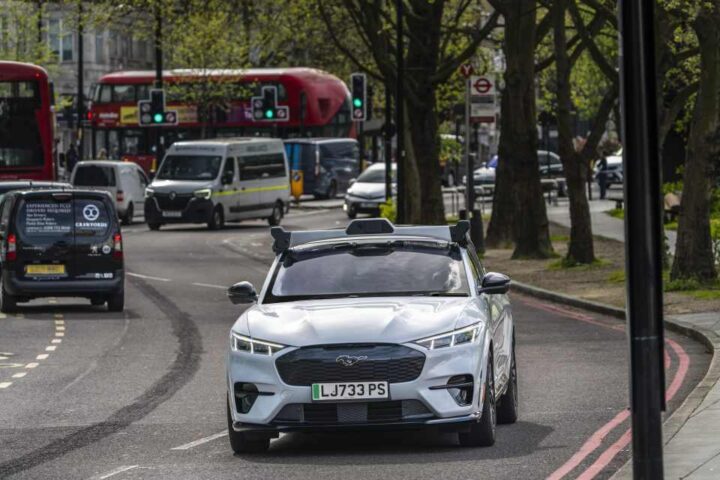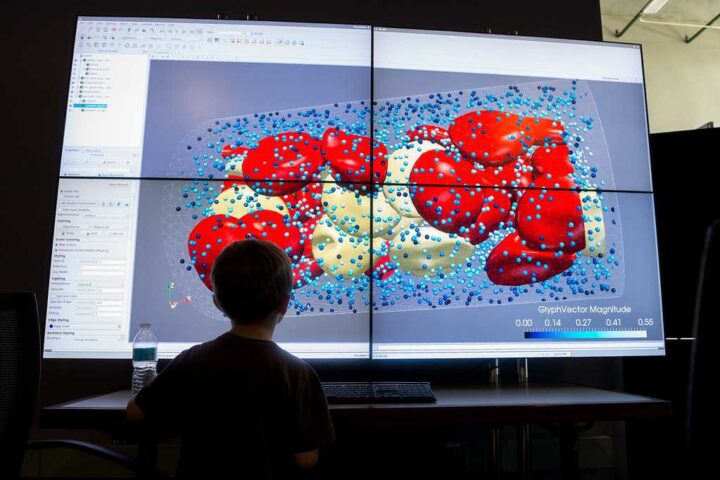AI-powered cameras can detect unbuckled seatbelts and other violations. Australia’s road monitoring has seen major technological advances, with Tasmania’s new AI systems detecting more speeding violations in a week than old units did yearly.
A Tasmania Department of State Growth data shows that new Sensys Gatso cameras installed on the Tasman Bridge in February 2025 detected over 700 speeding drivers per week during testing. The high-tech monitoring systems replaced outdated cameras from the early 1990s.
State Growth data shows the old cameras caught just 624 speeding drivers in the entire 2020-21 period and 458 in 2021-22. The new cameras on the Tasman Bridge began enforcement on March 17, 2025, while similar cameras on the new Bridgewater Bridge began enforcement on August 1, 2025.
Across the country, each state has chosen different tech approaches. NSW is trialing average speed cameras for light vehicles on two corridors – a 15km stretch of the Pacific Highway between Kew and Lake Innes, and a 16km section of the Hume Highway between Coolac and Gundagai. The trial began May 1, 2025, with a two-month warning period before enforcement started July 1, 2025. Transport for NSW data shows a 44% reduction in deaths from crashes involving heavy vehicles at existing average speed camera sites.
Victoria and Queensland picked AI systems that spot mobile phone use and missing seatbelts. The cameras take high-resolution photos inside cars, with software scanning for violations.
WA’s road safety initiative includes new safety cameras capable of detecting multiple offenses simultaneously, including speeding, illegal mobile phone use, and seatbelt offenses. From January 26, 2025, a caution period began with warning notices sent to drivers before enforcement commences.
WA Police Minister Reece Whitby has described their systems as among the most advanced in Australia, capable of detecting multiple offenses.
Traffic management systems continue to evolve across the country, with smart city solutions being adopted in various jurisdictions.
Australian company Acusensus develops “Heads-Up” camera technology that has been deployed in Australia for mobile phone and seatbelt detection. In December 2024, this technology began trials with Devon and Cornwall Police in the UK to detect driving patterns consistent with impairment.
Public concerns about privacy and accuracy remain. All states employing these technologies emphasize that AI systems filter images that are then verified by human officers before any penalties are issued.
RMIT University researchers have raised concerns about how current systems account for pedestrians, cyclists, and culturally diverse communities.
Speed camera technology has evolved significantly over the decades, with technology integration transforming enforcement:
- Early 1990s: First fixed speed cameras on Tasmania’s Tasman Bridge
- Early 2000s: Digital systems begin replacing wet-film technology
- 2020-2023: Mobile phone detection trials in multiple states
- 2024-2025: Multi-function AI camera deployment expands nationally
WA will start issuing real fines after their caution period ends. Tasmania’s Bridgewater Bridge cameras began enforcement in August 2025, issuing 246 infringements worth $41,410 in their first week, according to State Growth data.
Transport data from multiple states shows these cameras change driver behavior. Speeding and phone use drop significantly once enforcement begins.



















